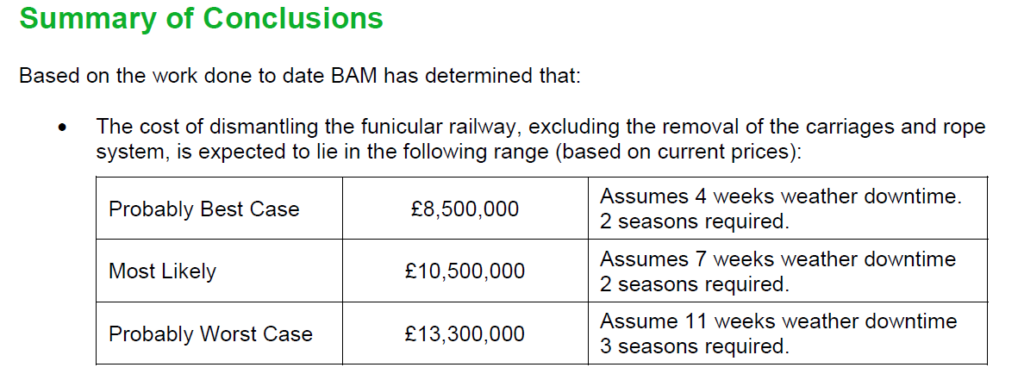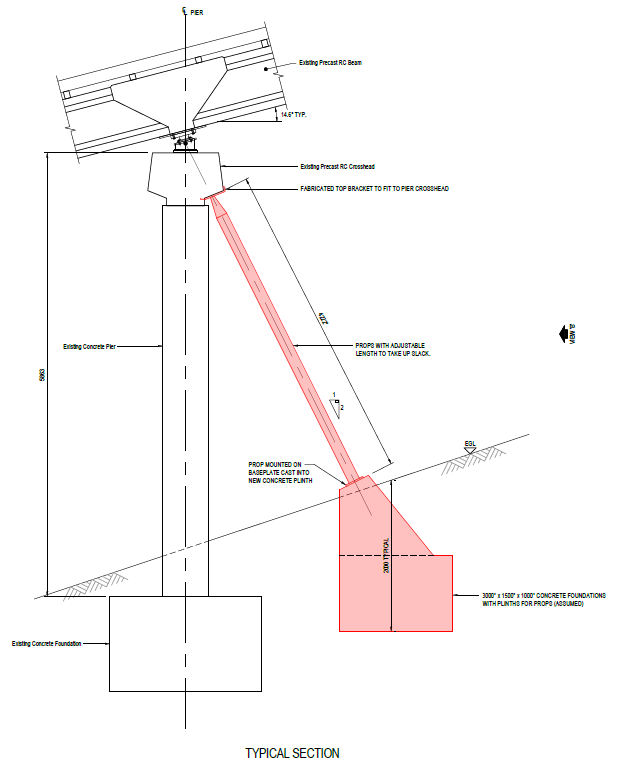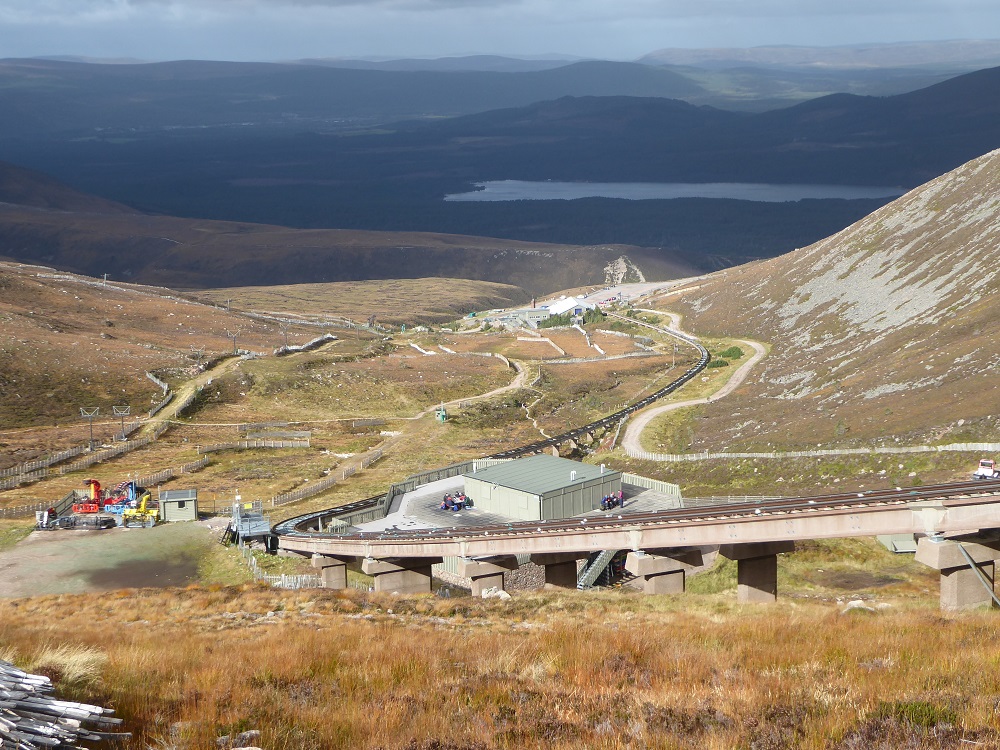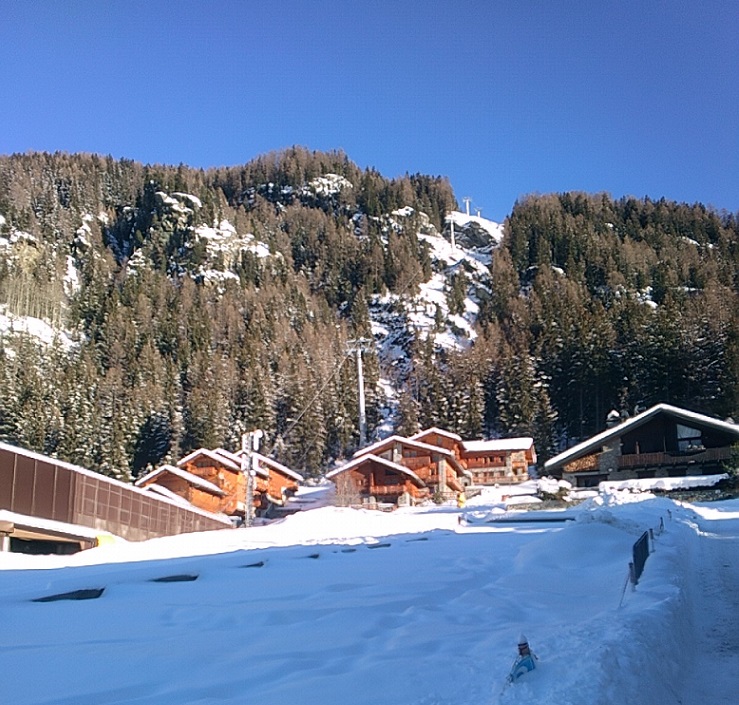Fifteen months ago, I tried to find out from Highlands Enterprise the estimated costs of removing the funicular and, after an initial brush off, they admitted they had commissioned a “Funicular Railway (Railway Dismantling Report” in May 2019 (see here). However, HIE refused to provide the report pending their development of a business case for the repair of the funicular. It would have been difficult to contest that argument under our Freedom of Information legislation so I decided not to take the case to appeal. But I asked for the report again after the Funicular Business Case and the COWI engineering report were made public at the end of last year. Ten days ago I finally received a copy of the Dismantling Report (see here) and this post considers the implications.
HIE’s case for repairing the funicular was based on the claim that the capital costs of removing it would be almost as much repairing it. Indeed in the case presented to the Scottish Government the capital costs of removal, Option 1a at £16.92, are MORE than the £16.16m cost of repair which are shown in Option 3b:

Unfortunately, it is not possible to be certain exactly what costs HIE presented to the Scottish Government. This partly because of the redactions, but also because the £16.92m capital costs in Option 1a are described as “Do Minimum (removal of funicular, no CMSL funding or additional investment)” and “assumes that the operating company ceases trading”. They could therefore include the cost of removing other infrastructure.
HIE’s letter of October 2019 (link above) claimed, however, that the “high level estimate of the potential cost of physically dismantling the funicular railway and reinstating the hillside is up to £13.3m, excluding professional fees”. Since most figures in the final business case were revised upwards, it appears safe to assume that it is based on removal costs of at least this amount.
The Dismantling Report reveals that the £13.3m figure used by HIE was in fact the worse case scenario:

Any reasonable organisation would have chosen the “Most Likely” estimate of £10,500,000 and there is no explanation in the business case as to why HIE selected the most expensive estimate.
There are further serious questions to be asked about all BAM’s estimated costs. HIE only obtained one quote, and that from a very large construction company. Another company, might have come up with a quite different amount. The top end estimated removal costs are, after inflation, almost twice the original estimated construction costs, after adjusting for inflation. According to the Audit Scotland 2009 report into the funicular railway, “the tendered cost, at £4,724,000, was £46,000 less than the budget set (£4.77 million) for this element of the work”. While acknowledging that those estimated costs overran, using the Bank of England Inflation calculator, £4,724,000 in 1999 would be worth £8,372,158 now. Construction cost inflation (see here) is not that different. It is legimate therefore to ask why, according to HIE, it should now cost almost twice as much to remove the funicular as to construct it?
Even the figure in BAM’s best case scenario for removing the funicular, £8,500,000, which adjusted for inflation comes close to the estimated cost of the original construction, requires explanation. A significant part of the original construction costs, in terms of labour, would have been digging out and laying the foundations. In the BAM estimate the foundations would sensibly have been left in situ and the anchor blocks, which secure the whole structure, would only have been cut down to 0.2m below ground level:

But that should mean far less work would be required to remove the funicular than construct it. It is also not clear if the BAM estimates include the re-sale value of the recycled material.
It is difficult to see how these estimates could have survived proper scrutiny by HIE staff, the HIE Board and the Scottish Government. The only conclusion can be that HIE and others involved have shamelessly manipulated the costs of removing the funicular in order to make their preferred repair option look better (it still does not stack up).
Creating more problems for the future
Let us, however, give Highlands and Islands Enterprise the benefit of all doubts and accept their £13.3m figure but then consider the implications for sustainable economic development, one of the four statutory aims of the Cairngorms National Park Authority, at Cairn Gorm.
The repair proposals approved by the Scottish Government involve the installation of props to prevent 63 of the 94 existing piers which support the funicular from falling over. While the main part of each prop is metal, which is relatively easy to remove, each requires a new foundation, the design of which will make them costly to remove in future:

The diagram shows how is it is relatively simply to remove the piers: they can be pushed over (that should be easy because we know they are already tilting) and the foundations then covered up. By contrast, the concrete plinths into which the metal props are sunk protrude about ground. They would require to be broken up before their foundations could be covered up – an expensive exercise.
When it comes to built developments, particularly in sensitive areas like Cairn Gorm, we should only ever install what can be taken out. This is because every structure, however well designed, will eventually fail and unless removed will have permanent adverse impacts. That is why HIE’s decision to use concrete rather than metal supports for the funicular was so disastrous (see here). Unfortunately, despite their statutory duty to promote sustainable economic development, the Cairngorms National Park Authority completely failed to consider whether or how the funicular would be eventually removed before approving the repairs. Instead they took a short-term view, the arguing that “the principle of development” had been accepted at Cairn Gorm.

In terms of the long term landscape and environmental impacts, it is instructive to compare the decision to repair the funicular and add yet more concrete to Cairn Gorm with what is happening in the Alps. Graham Garfoot has already pointed out how the Ellmau funicular, on which the Cairngorm funicular was apparently originally modelled, has been replaced by a gondola because this is a cheaper and more efficient form of uplift. Gondola technology has been constantly improving:

Not only can gondolas now operate in much higher winds and carry far more people than funiculars, they also require far fewer support structures. This gondola at Champoluc is equivalent in length to the funicular. The previous gondola here had 13 support pylons, these have now been reduced to just seven, compared to 94 for the funicular. Learning from others has never been one of HIE’s strengths and at Cairn Gorm they are going in the opposite direction to the rest of Europe. While other countries are gradually addressing the destructive environmental and landscape impacts of historic ski developments, while at the same time improving downhill skiing facilities, at Cairn Gorm, the decision to repair the funicular will make matters worse. Where is the ambition that the Scottish Government constantly advocates for Scotland?
Whether you accept the costs of removal or reject them, the Funicular Dismantling Report adds to the evidence that there is no long-term financial justification for repairing the funicular and that the long-term landscape and environmental implications are likely to be disastrous. It provides yet more evidence that until HIE is removed from Cairn Gorm, matters can only get worse, not better.
As I understand HIE’s role, they are supposed to get value for money as part of their remit, and yet once again they engage a large, national company to price the demolition. Are there no local demolition companies that employ local workers where the money would be kept in Scotland? Actually yes, there are several in Inverness. Even the contract for the repairs/strengthening works did not go to tender instead given to one of the largest contractors in the U.K. How is any of this value for money? It is mentioned that the piers etc. will go to Aviemore for re-cycling, but, where are the estimates for the values of concrete aggregate, steel from the rails and re-inforcing, the carriages? Easy figures to calculate, but not included. A cable crane would have to be installed at a cost of £????? and yet if a chair/ gondola system was to be built first on the lines of the old chairlifts, hey presto…a cable crane! HIE….might have brains but a total lack of common sense!
There is something phoney about the whole business of presenting costs of repair of the funicular versus dismantling as alternatives – Yes only if you are prepared to send the bill to the next generation. That bill will still have to be paid one day as an additional cost. Sending bills to the next generation has been a key characteristis of environmental mismanagement. The justification for doing this with the funicular is that the ensuing generation reaps the advantages of having the funicular there. But this falls down on two simple grounds. One is that the whole system operates at colossal losses, so you are just sending these bills too to your successors. Again you could argue that the “offsite” benefits to the Speyside tourist industry justify these costs, but the thriving state of that industry in the current absence of the operating funicular and the survey by Alan Brattey of many local businesses suggesting its operation was of pretty marginal benefit strongly indicates this argument does not hold water. Even when the then HIDB assessed the increase in jobs or FTE jobs in Speyside due to the construction of the funicular, the cost per job created was masssive. There is also the problem that part of the reason for the decline in skiers on Cairn Gorm is the unsuitability of the funicular for uplift.
It seems to me the whole situation has lacked a clarity and breadth of exploration of alternative scenarios and HIE has avoided this. What you have on Cairn Gorm is not just the funicular but a whole panoply of Ptarmigan, Interpretive centre, daylodge, carparks etc etc. If you simply remove the funicular you remove the summer use of these facilities and, without that it seems to me the whole setup on the basis of declining skier use (not least due to the absence of funicluar uplift) is not viable. You are faced with the scenario of a redundant mountain facilities from the summit down including three huge carparks and a largely redundant mountain road system. If you reject this scenario, you have to either maintain uplift or replace it – not on the basis that the entire system will become profitable and cover its costs but that the costs of dismantling or otherwise dealing with a redundant system are unthinkably large.
The suggested replacement is by gondola. Any such system would have to provide good skier uplift and, in summer, be usable by Ma, Pa, the Cat and the Canary, as they say. To justify its choice for summer use it would have to be cheaper than Funicular in maintenance and running and/or provide an enhanced mountain experience and hence attract more summer users
I am not claiming that I have got everything right in this situation analysis, but I have yet to see any analysis on this broader strategic overeview by HIE – or indeed CNPA who would would need to think through the situation. It is long past time it was made.
The Badenoch and Strathspey economy wouldn’t even notice if the CairnGorm Mountain business didn’t operate at all, out-with the snowsports season. Tourist are not attracted to the area by the Funicular Railway. It’s just something that they may do while they are here, although the numbers show that decreasing numbers have been doing that. HIE have never had anything to say about why the Funicular user numbers have been in decline, particularly during the last 5 years of operation up to 2018. That was a time when increasing numbers of tourist were coming to Strathspey but these increased numbers were not reflected in increased numbers using the Funicular…quite the opposite in fact.
The empirical evidence, gathered from Tourism oriented businesses in Aviemore , indicates that there has actually been commercial benefit gained while the Funicular is inoperable. That suggests that the Cairngorm Mountain business is in fact parasitical because it sucks spend out of Strathspey and contributes little in return. It’s appropriate uplift that’s required on Cairngorm. A lift system that’s practical and efficient which can be used in summer and in winter. A gondola such as the one at Nevis Range could provide the answer. Spending >16m to repair something that has shown itself to be a commercial disaster is extremely imprudent use of scarce public money.
I think this article and others which have covered the so-called business case for repairing the funicular have exposed the ineptitude of the Scottish Government’s financial approval process, as well as HIE’s. The whole process is patently totally unfit for purpose – as other unrelated examples (e.g. CalMac ferries) are testament to. Questions about this approval process include:
– HIE started and stayed with the premise that the funicular would be repaired. It was clear from the outset that they had no intention of doing anything else. Evidence of this is incontrovertible.
– HIE spent two years working up a business case that would present the answer they always wanted.
– HIE has been very secretive about the engineering and financial cases, and has still not been open with the taxpayer who is funding this expensive repair. Numerous questions about the viability of the proposed repairs remain (see related Parkswatch blogs)
– HIE assured us (I spoke to them several times about this) that there would be a whole life costing of the various options. Of what I have seen in the business case on whole life costing, even Mickey Mouse would have raised an eyebrow or two. It smacks of what do we want the answer to be, then back calculate the figures. There are no credible figures to back up the alleged benefit to the local economy of repairing the funicular – just figures plucked out of thin air
– Then we have the Scottish Government approval process. Who outside of HIE, or its consultants, was present with the engineering, marketing or financial acumen to independently and critically examine and test the business case. I suspect no-one and certainly Fergus Ewing does not have the knowledge or experience to critically assess such a business case. But, maybe, the approval process was just a means of ‘ticking the box’ and the decision had already been privately made.
HIE and the Scottish Government will be hoping that opposition to their fatally flawed project will diminish and be forgotten. Even if they do prevail and the funicular repair is completed, there needs to be a process to hold the decision makers to account when this ill-fated funicular either fails again (the most likely scenario) or its losses continue to mount up to the point that a future Government says enough is enough.